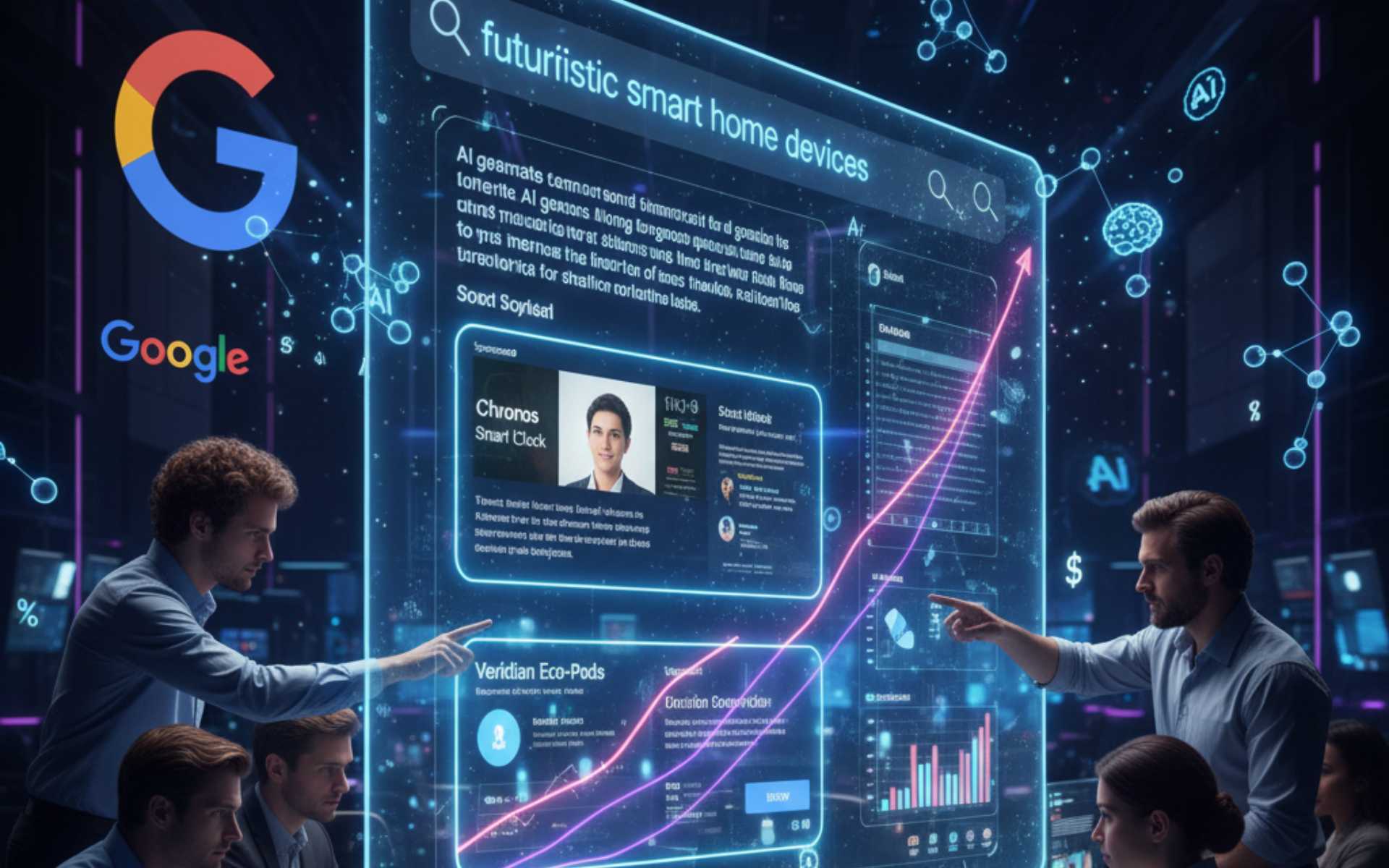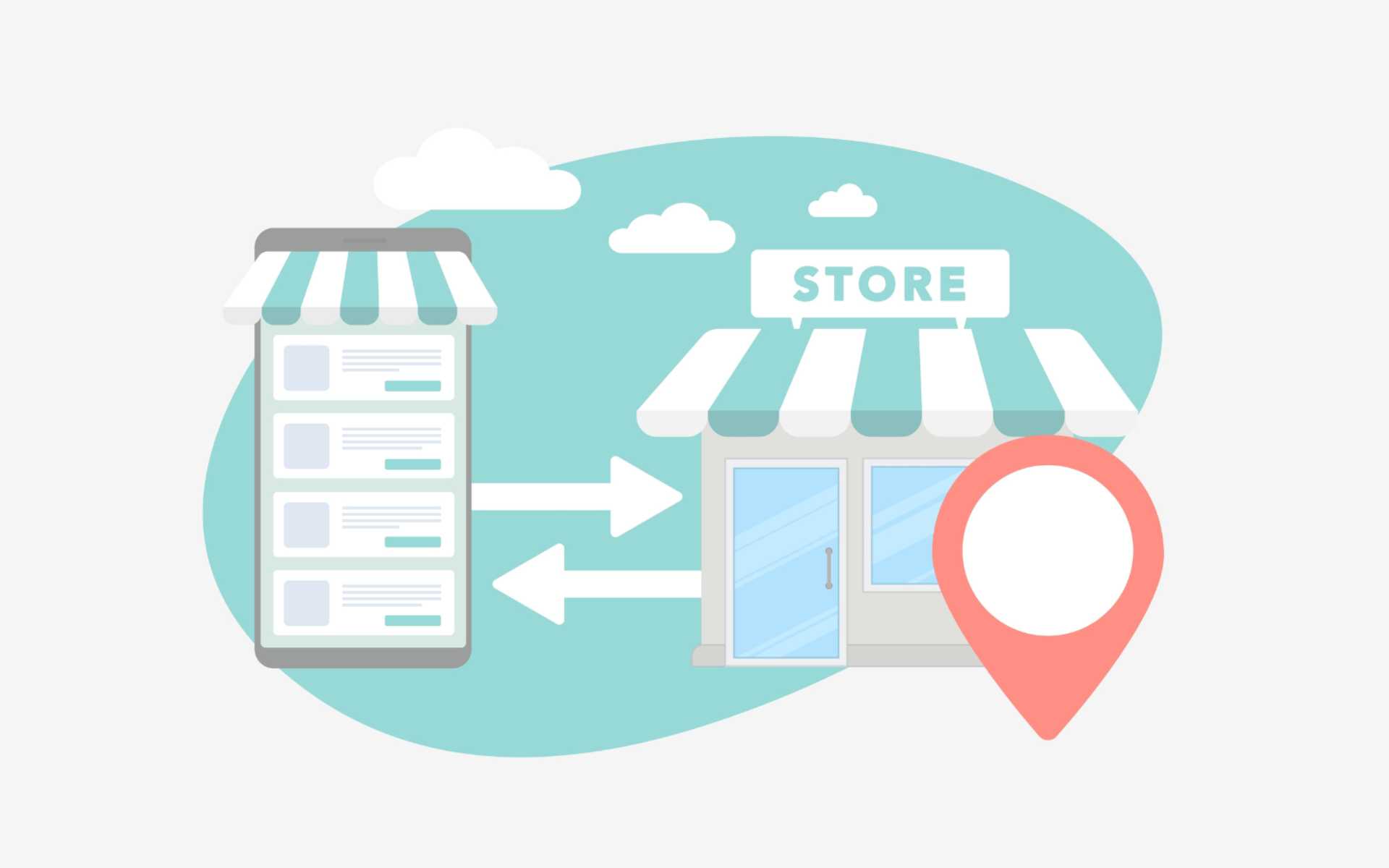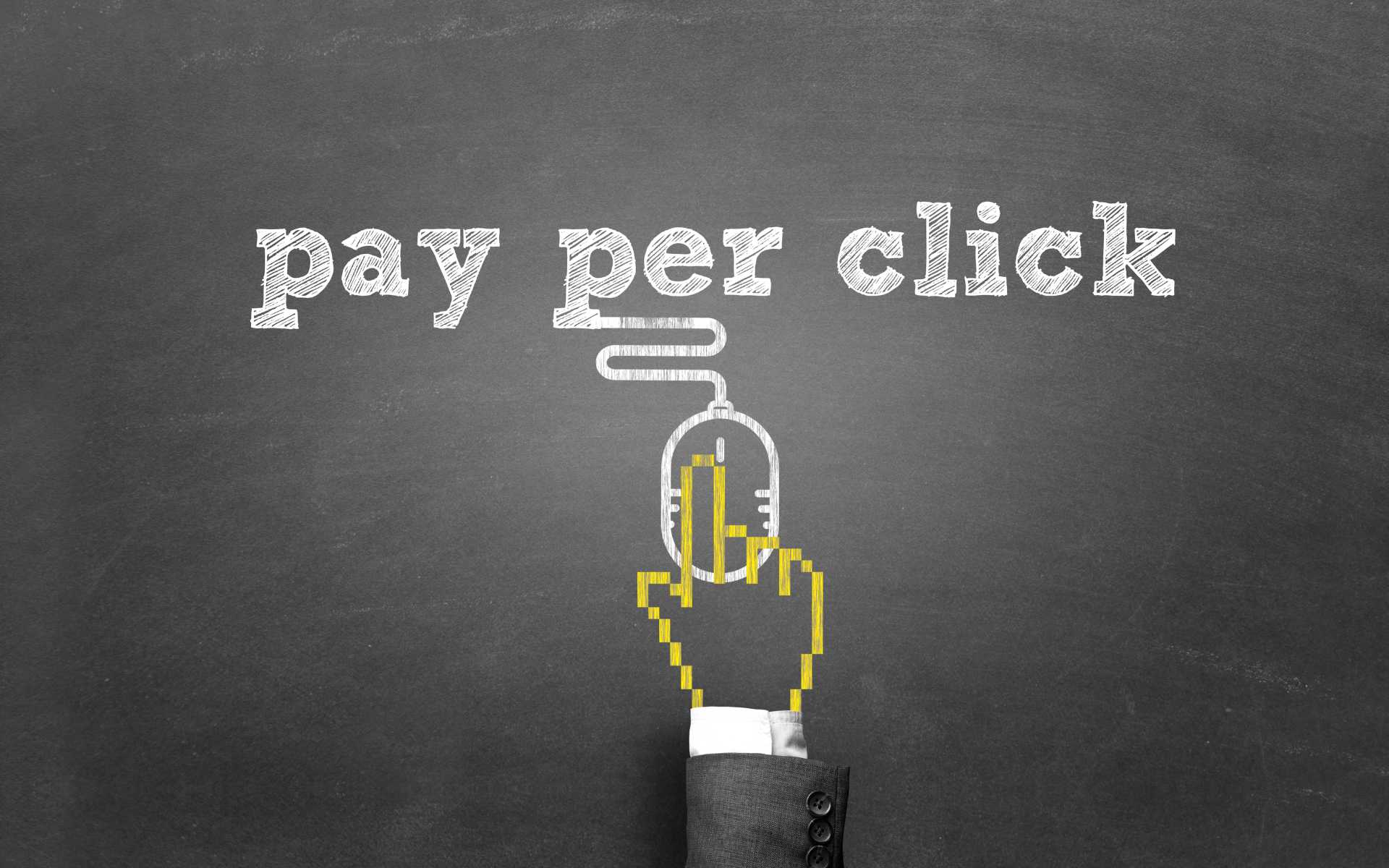The Structural Shift in Google Search Advertising
Search advertising has always been dynamic. From the early days of manual CPC bidding and keyword match types to the rise of Shopping Ads, automated bidding, and Performance Max campaigns, Google has consistently evolved the way advertisers reach customers.
But the introduction of AI Mode and AI Overviews represents a fundamental rewrite of search itself. This is not just another update to ad formats—it’s a transformation of how people interact with information online and how brands must compete for attention.
Instead of directing users to a list of blue links, Google is now delivering AI-generated summaries and conversational flows. Ads are integrated directly within these experiences, sometimes above or below the AI summaries, other times embedded within them. Google describes this as “shortening the path from discovery to decision.” For advertisers, this means budgets are being funneled into new surfaces where competition is tougher and reporting is less transparent.
Google’s AI Search Vision and Ad Strategy
At Google Marketing Live 2025, executives highlighted AI Overviews as one of the most successful launches in the past decade, particularly in markets like the U.S. and India. AI Mode builds upon this success by enabling multi-step, conversational journeys where users can refine, compare, and take action—without ever returning to the traditional SERPs.
Ads are pulled seamlessly into these journeys from Search, Shopping, Performance Max, and App campaigns. There is no opting out, no separate campaign type, and no clear reporting to distinguish whether impressions or clicks came from AI Mode versus standard search.
This reflects Google’s larger monetization strategy. Just as Shopping Ads once displaced text ads, or Featured Snippets reduced organic traffic, AI Mode weaves ads directly into search journeys—making them unavoidable for marketers.
Why Marketers Can’t Ignore This Shift
Data shows that AI-driven search experiences significantly alter user behavior:
- Reduced clicks: Pew Research found that only 8% of visits result in clicks when AI Overviews appear, compared to 15% when they don’t.
- Zero-click dominance: Similarweb reported that nearly 70% of all queries in mid-2025 ended without a click, up from 56% the year prior.
- Traffic loss: Authoritas observed that in news-related queries, traffic to top-ranking results dropped by 80% when AI Overviews were present.
For advertisers, the implications are clear:
- Higher CPCs as ad inventory shrinks.
- Brand safety concerns when ads appear next to flawed AI answers.
- Opaque reporting, since AI impressions and clicks are blended with traditional results.
- Budget pressure, as organic visibility shrinks and paid ads become the only scalable option.
Industries like eCommerce may benefit from AI summaries sparking exploration, while publishers, news outlets, and financial services face deeper challenges as visibility declines.
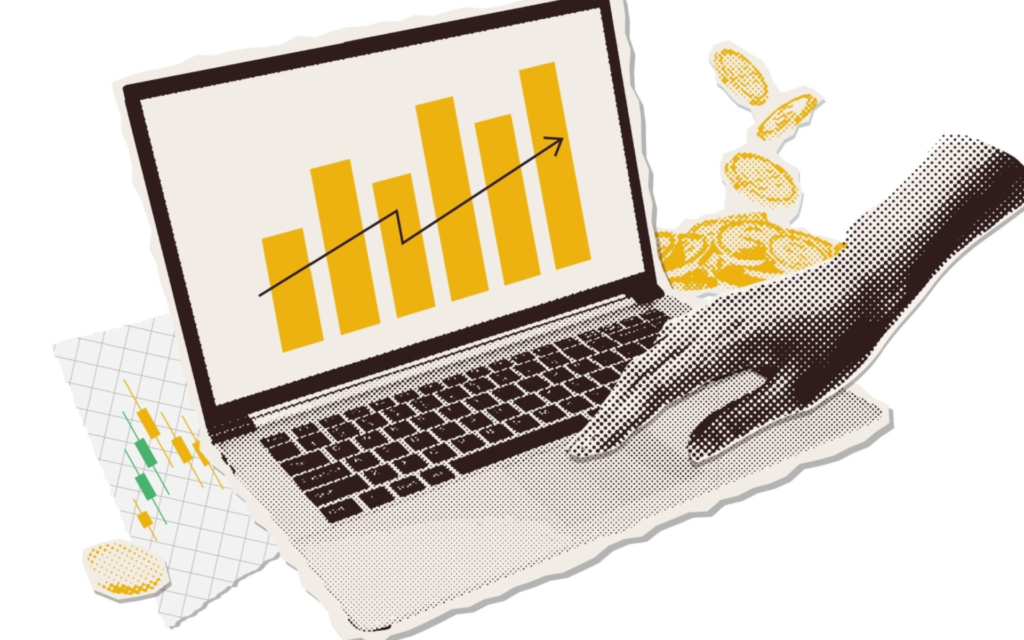
Key Priorities for Marketers in the AI Era
- Shift Focus from Keywords to Journeys – AI Mode thrives on conversational follow-ups and refinements. Campaigns should be structured around customer paths, not just single queries. For example, an insurance company must anticipate queries like “how to switch providers” or “which plan suits families,” not just “compare rates.”
- Use Automation with Guardrails – 1.Tools like Performance Max and broad match power eligibility for AI surfaces, but without guardrails, waste is inevitable. Negative keywords, audience signals, and clean product feeds are essential to maintain control.
- Redefine Measurement and Attribution – Last-click attribution no longer reflects reality. Marketers should track mid-funnel signals such as lead quality, demo requests, and assisted conversions to gauge the impact of AI-driven impressions.
- Evolve Creative Strategies – Ads must feel conversational, aligning with the multi-step journeys inside AI Mode. Calls-to-action like “Find the right plan for your family” or “Estimate your monthly cost in minutes” will perform better than blunt directives.
- Strengthen Brand Safety Protocols – Since ads may appear beside inaccurate or misleading AI outputs, brands must actively monitor placements, set safety thresholds, and establish escalation paths with Google.
The Transparency & Measurement Gap
One of the biggest challenges with AI Mode is lack of transparency. Advertisers cannot see which impressions come from AI-driven surfaces, since Google Ads and Search Console collapse performance into existing campaigns.
This raises significant concerns for CMOs and CFOs who need clear ROI tracking. Without separate reporting, budget justification becomes difficult. Until Google provides AI-specific metrics, advertisers must build their own frameworks through CRM integration, marketing mix models, and mid-funnel tracking.
The Broader Industry Context
Google isn’t alone. Microsoft has already integrated ads into Copilot, while OpenAI and Perplexity are experimenting with sponsored results. Across the industry, search is converging toward AI-powered journeys with embedded ads.
This shift challenges the three pillars of traditional paid search:
- Transparency – reporting is blurred.
- Predictable intent – journeys are fluid and multi-step.
- Measurable outcomes – performance attribution is harder.
The Future of Paid Search in an AI World
In the best-case scenario, AI-driven ads bring more qualified leads and higher efficiency. In the worst-case scenario, CPCs skyrocket, ROI weakens, and brand trust suffers.
The truth likely lies in between—but one fact is clear: this is a permanent structural shift, not a passing experiment.
For CMOs and marketing leaders, the new mandate is to:
- Treat PPC as journey management, not keyword bidding.
- Double down on first-party data.
- Build independent measurement systems.
- Demand greater transparency from Google.
When ads become part of the answer, brands that adapt early will continue to thrive, while those that hesitate risk being left behind.
